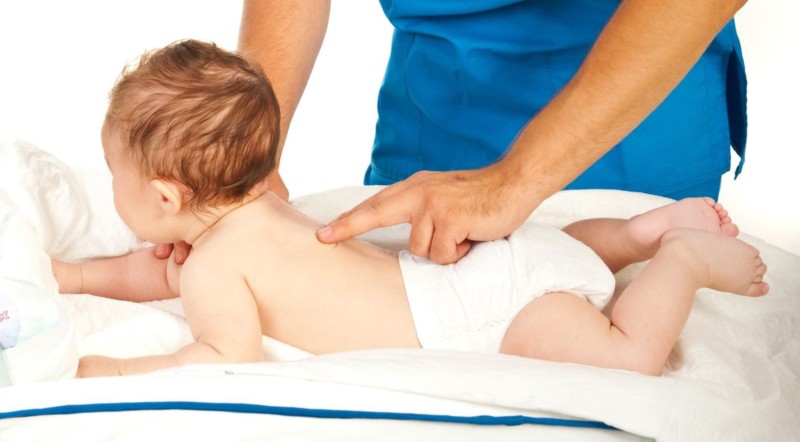Infant Spine Development – From The “C” Curve to the “S” Curve
Category: Spine | Author: Stefano Sinicropi

Everyone wants to give their newborn the best chance to grow into a physically healthy adult. Between prenatal vitamins and regular checkups, there are a number of ways to ensure your child’s development gets out on the right foot. One of the structures that undergoes the most change during your child’s first year is the spine, and there are a few things you can do as a parent to help your child grow and strengthen their spine. Today, we take a look at how your child’s spine develops in the early stages of life.
Infant Spine Health
As you probably know, a healthy adult spine resembles the letter S, but your spine doesn’t start out in that shape. Instead, if you look at a newborn baby, the shape of the spine is more of a C shape. It’s the natural position of the spine when an infant curls into the fetal position. This C position naturally reduces pressure on the spine and it actually aides in the digestion process and helps babies regulate their temperature.
As your child grows, the top of the spinal column undergoes the biggest change. This is where the top of the S curve will develop. During the first few months, it’s important for parents to lay their child on the ground on their stomach (sometimes called Tummy Time), as this will encourage the child to lift their head and strengthen the upper spinal column and the neck muscles. Shoot for 30 minutes of tummy time each day to get your child to arch their neck and strengthen those structures in the upper back.
Crawling To The S
Tummy time helps strengthen the upper part of the S curve, but the bottom part of the S develops as your child begins to crawl. The neck portion of the spine is now strong enough to hold your child’s head upright, and crawling helps them enhance the lumbar spinal structures. So although you may need to keep a closer eye on your child as they start crawling around the living room, know that those movements are actually helping them build towards their adult spine!
It’s difficult to spot spinal irregularities in infants because they can’t verbalize what’s wrong (other than crying), but if you notice that your child is having a difficult time crawling/walking, if they have irregular bowel movements or if they appear to have a “hitch” in their spine when crawling, speak to a spinal surgeon. Those could be signs of a spinal development issue, and the earlier it is detected, the earlier and more effectively it can be treated.